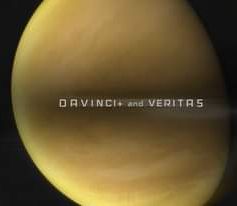1. Bigelow must be pissed.
2. A giant ring like that would make a hell of a spacecraft to get around the solar system.
Lawrence Klaes shared a link to the group: Space Settlement Alliance.
The Orbital Assembly Corporation, a space construction firm run by NASA veterans, announced in a press statement today, June 24, that it has successfully demonstrated its technology for developing the world’s first space hotel.
The company carried out the demonstration during the official opening of its Fontana, California Facility, which will serve as its main headquarters as it aims to make luxury space holidays a reality before 2030.
Large-scale space constructions built by semi-autonomous robots
Orbital Assembly, which pegs itself as the “first large-scale space construction company,” is developing semi-autonomous robot builders that will eventually be sent to space to build large-scale structures, such as its planned Earth-orbiting space hotel.
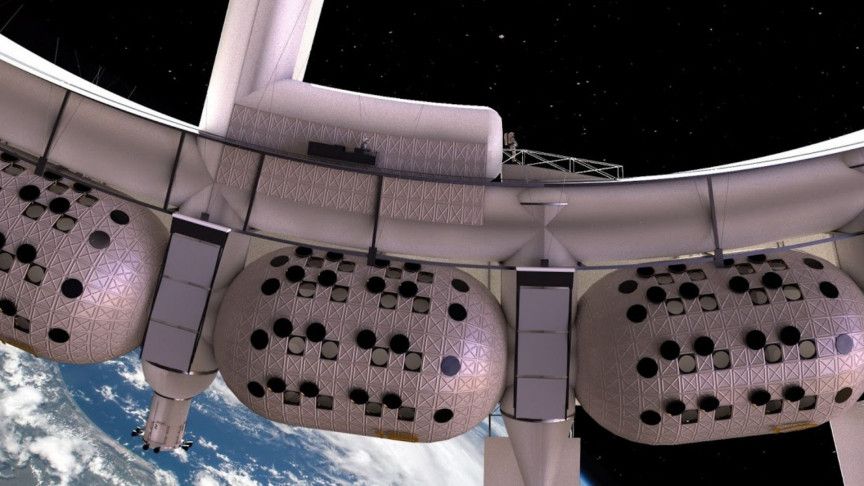
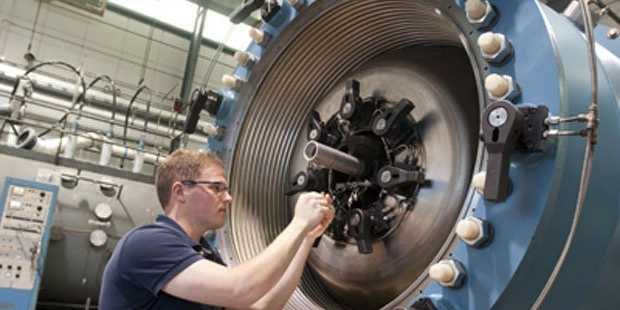
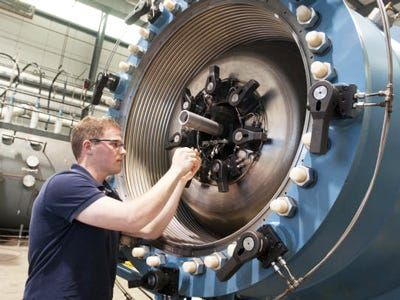
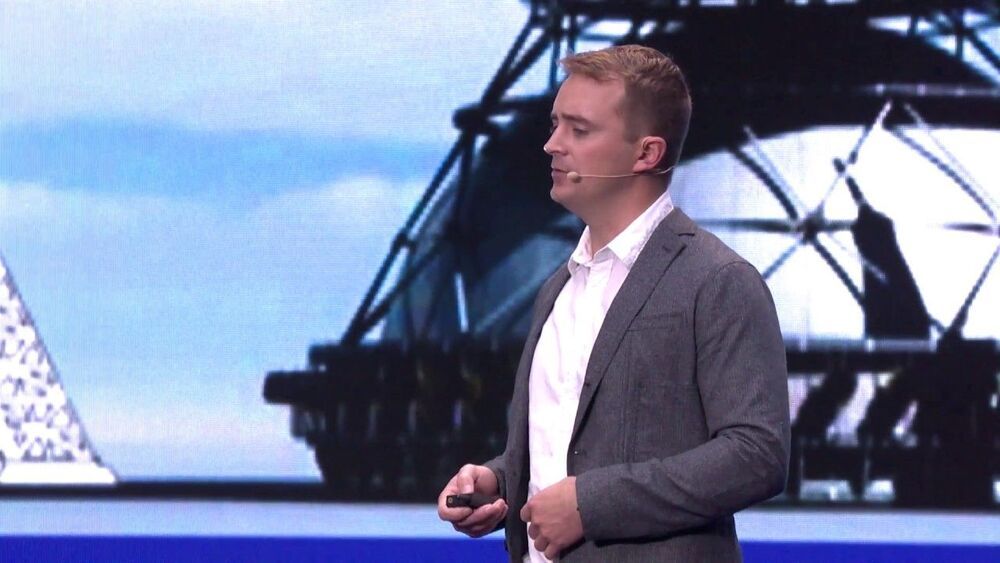


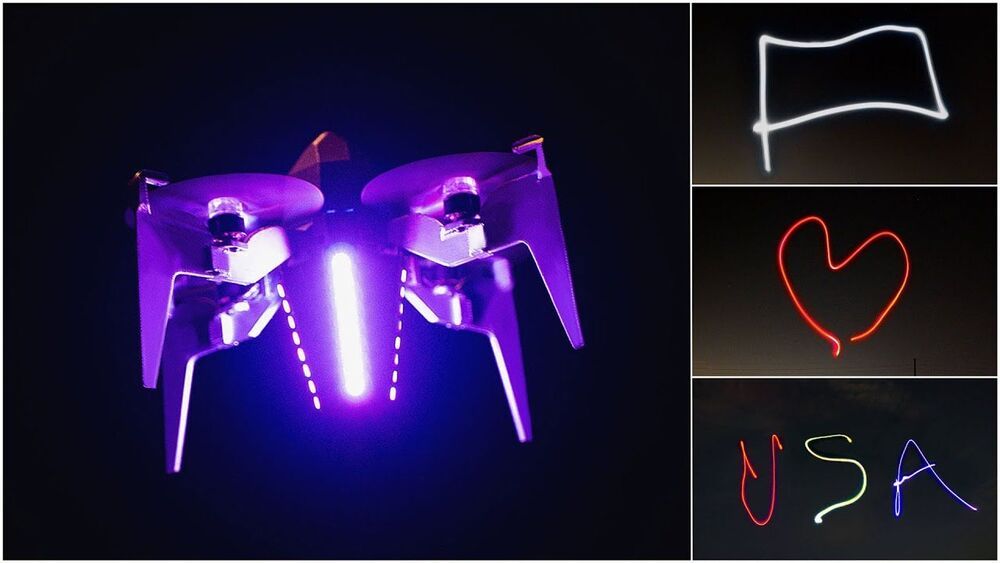
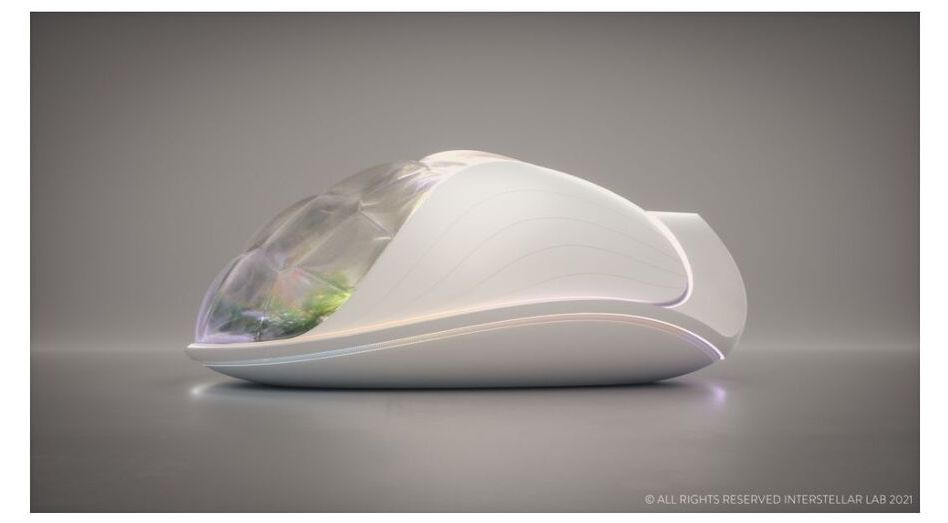
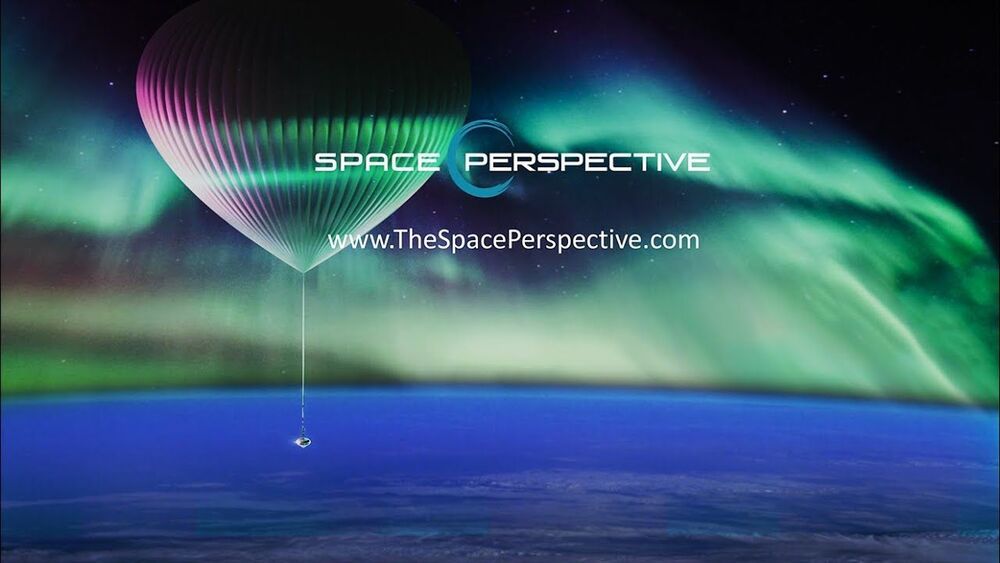

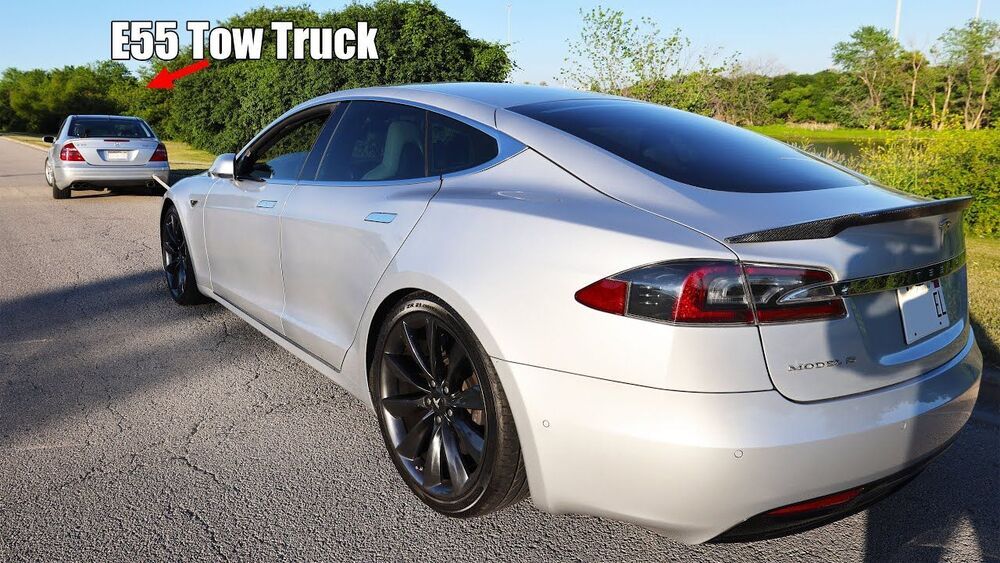
 Elon Musk’s SpaceX flies dangerously close to breaking the law
Elon Musk’s SpaceX flies dangerously close to breaking the law